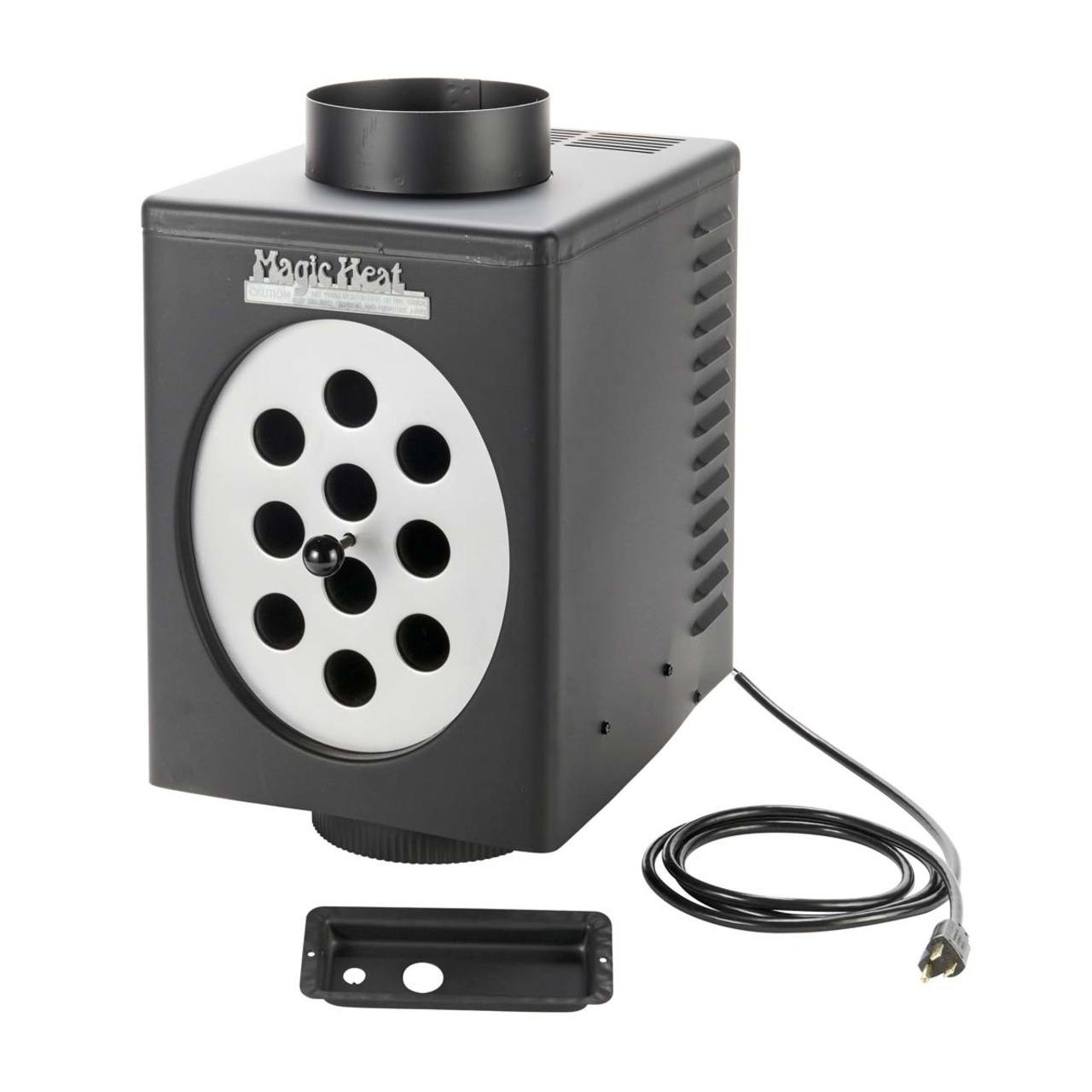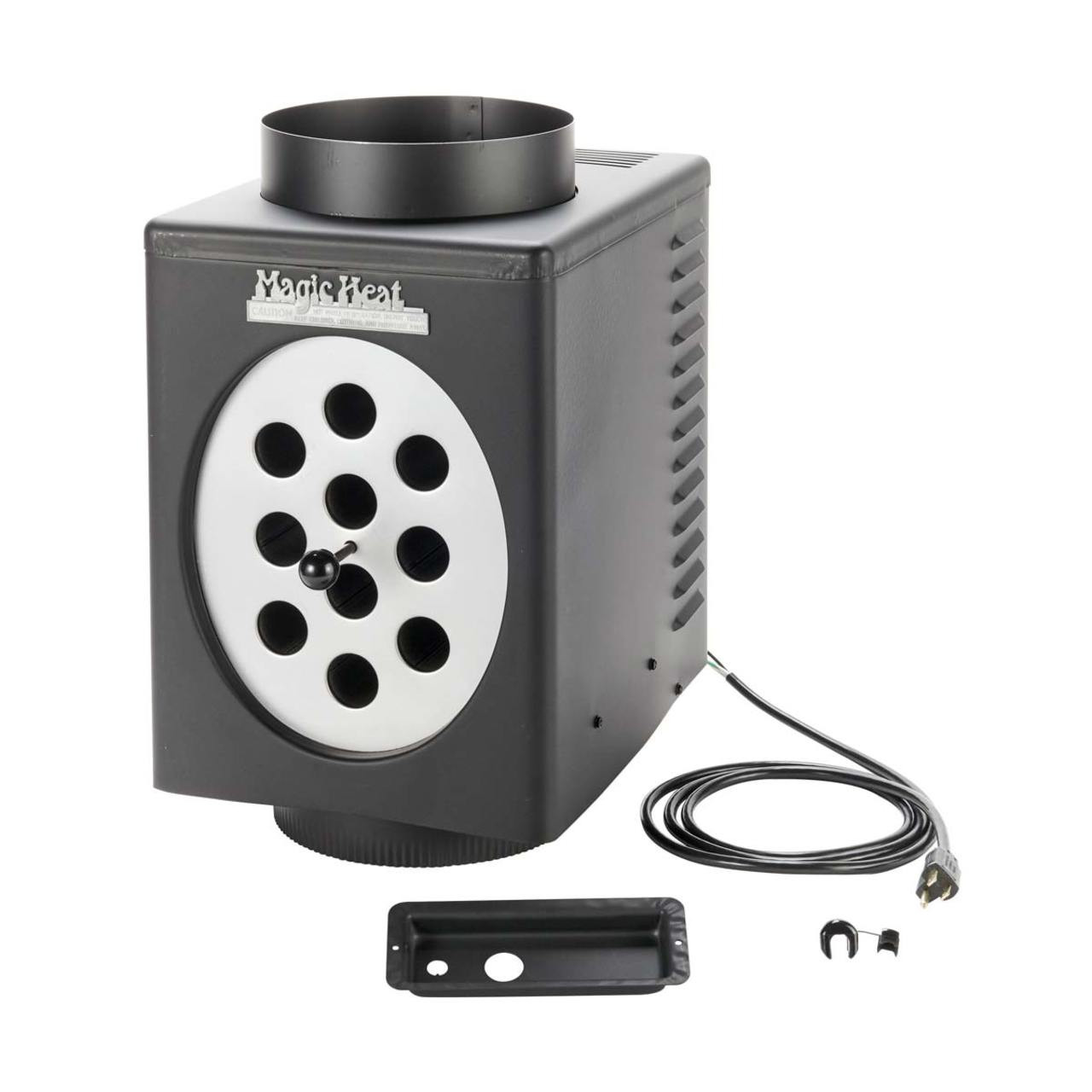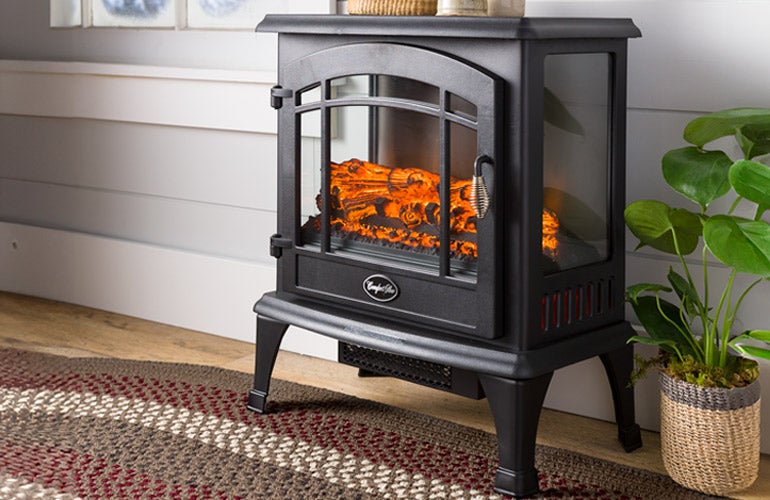A wood stove is a heating or cooking appliance that burns wood fuel in a metal firebox. These stoves can also use wood-derived biomass fuels like sawdust bricks.
Wood stoves are popular for their efficiency in providing warmth and can be a sustainable heating option. Wood stoves offer several benefits, such as reducing reliance on fossil fuels and providing a cozy ambiance in homes. With advancements in technology, modern wood stoves are eco-friendly and efficient, making them a popular choice for both heating and cooking.
These stoves come in various designs, from traditional to contemporary, catering to different aesthetic preferences. Understanding the functions and usage of a wood stove can help individuals make informed decisions about incorporating them into their living spaces.

Differences
Ventless Fireplace Vs. Wood Stove
A ventless fireplace operates on air intake, while a wood stove requires a chimney or flue for ventilation.
Wood Burner Vs. Multi-fuel Stove
A wood burner is designed specifically for burning wood, whereas a multi-fuel stove can also burn alternative fuels like coal or pellets.

Credit: medium.com
Pros And Cons
A wood stove is a heating or cooking appliance that burns wood fuel and biomass fuel. It consists of a solid metal firebox and air controls. Pros include efficient heating and cooking, while cons include the need for a chimney or flue for ventilation.
Pros Of Owning A Wood Stove
- Cost-effective heating solution
- Provides a cozy and rustic ambiance
- Can be used for cooking in case of power outage
- Reduces carbon footprint compared to fossil fuels
- Independence from utility companies
Cons Of Owning A Wood Stove
- Requires manual labor for stocking and maintaining
- Potential fire hazards if not used properly
- Wood smoke emissions may impact air quality
- Regular cleaning and maintenance are essential
- Limited heating radius compared to centralized systems
Buying Guide
A wood-burning stove can be a cost-effective and cozy heating option for your home. When choosing a wood stove, there are several factors to consider to ensure you select the right one for your needs. Here’s a buying guide to help you make an informed decision.
Best Type Of Wood Burning Stove
When choosing a wood stove, consider the type that best suits your needs. There are different types such as freestanding stoves, fireplace inserts, and cook stoves. Each type has its own benefits, so it’s important to choose one that aligns with your heating and aesthetic preferences.
Cost Of A Wood-burning Stove
Wood-burning stoves vary widely in price, depending on factors such as size, material, and features. Consider your budget and the long-term savings on heating costs when evaluating the cost of a wood-burning stove. Remember to also account for installation and maintenance expenses.
Determining The Size You Need
It’s crucial to determine the appropriate size of the wood stove for the area you intend to heat. Consider the square footage, layout, and insulation of the room to ensure that the stove you choose adequately warms the space without being too large or too small.

Credit: www.northlineexpress.com
Maintenance
A wood stove is a heating appliance that burns wood fuel to provide warmth and can also be used for cooking. Regular maintenance such as cleaning, inspecting for wear and tear, and ensuring proper ventilation is crucial to keep the wood stove operating efficiently and safely.
Frequency Of Wood Burner Servicing
Regular maintenance is crucial to keep your wood stove in optimal condition. Proper servicing ensures that your wood stove operates efficiently and safely. But how often should you service your wood burner? The frequency of servicing largely depends on how frequently you use your wood stove. If you use your wood stove as your primary heating source during the cold winter months, it is recommended to have it serviced at least once a year. This annual servicing will include a thorough inspection of all components, cleaning of the flue and chimney, as well as checking for any signs of wear or damage.Signs That Your Wood Stove Needs Servicing
While an annual servicing is recommended, it is important to pay attention to any signs that your wood stove may need servicing before the scheduled date. These signs include:- Difficulty in starting or maintaining a fire: If you find it challenging to start a fire or if the fire goes out frequently, it could indicate that your wood stove needs servicing. The issue could be with the air controls or the chimney.
- Poor heat output: If your wood stove is not producing enough heat, it may not be operating at its full potential. Servicing can identify and rectify any issues that may be affecting its efficiency.
- Smoke or odors: Noticeable smoke or odors coming from your wood stove can be a sign of a problem. It could indicate a build-up of creosote or a blockage in the chimney, which can lead to poor performance and potential safety hazards.
Diy Maintenance Tips For Your Wood Stove
While professional servicing is crucial, there are several things you can do yourself to maintain your wood stove and prolong its lifespan. Here are some simple DIY maintenance tips:- Regular cleaning: Clean your wood stove regularly to remove ash and debris. This will help prevent blockages and ensure proper airflow.
- Check gaskets: Inspect the gaskets on your wood stove’s door regularly. If they are worn or damaged, they should be replaced to maintain a proper seal.
- Inspect and clean the flue: Regularly inspect the flue and chimney for any signs of creosote build-up or blockages. If necessary, you can use a chimney brush to clean them.
- Check air controls: Regularly test and adjust the air controls on your wood stove to ensure proper combustion and heat output.

Credit: www.plowhearth.com
Frequently Asked Questions For What Is A Wood Stove
What Is The Purpose Of A Wood Stove?
A wood stove is used for heating and cooking by burning wood fuel, creating a warm and cozy atmosphere.
What Is The Difference Between A Fireplace And A Wood Stove?
A wood stove relies on a chimney or flue, while a fireplace uses air intake for ventilation.
What Is The Difference Between A Wood Burner And A Stove?
A wood burner has a fixed grate and no ashpan, while a stove has a raised grate system and removable ashpan.
What Are The Pros And Cons Of A Wood Burning Stove?
Wood burning stoves are a popular heating option, but they come with both advantages and disadvantages. Pros include cost savings on energy bills, a cozy and warm atmosphere, and the use of renewable resources. However, they require regular maintenance, can create air pollution, and may not be suitable for homes with limited ventilation.
What Is A Wood Stove Used For?
A wood stove is used for heating and cooking, capable of burning wood fuel and wood-derived biomass fuel.
Conclusion
A wood stove offers efficient heating and cooking with renewable wood fuel. Its closed firebox and air controls make it a versatile and environmentally friendly option. Consider the difference between ventless fireplaces and traditional wood stoves for your heating needs.
Explore the pros and cons before making your decision.